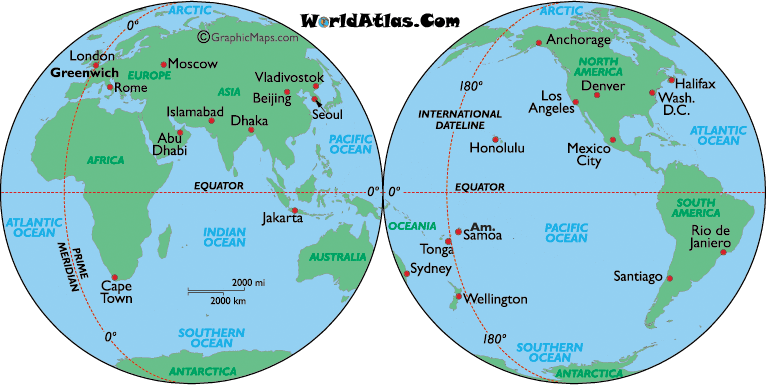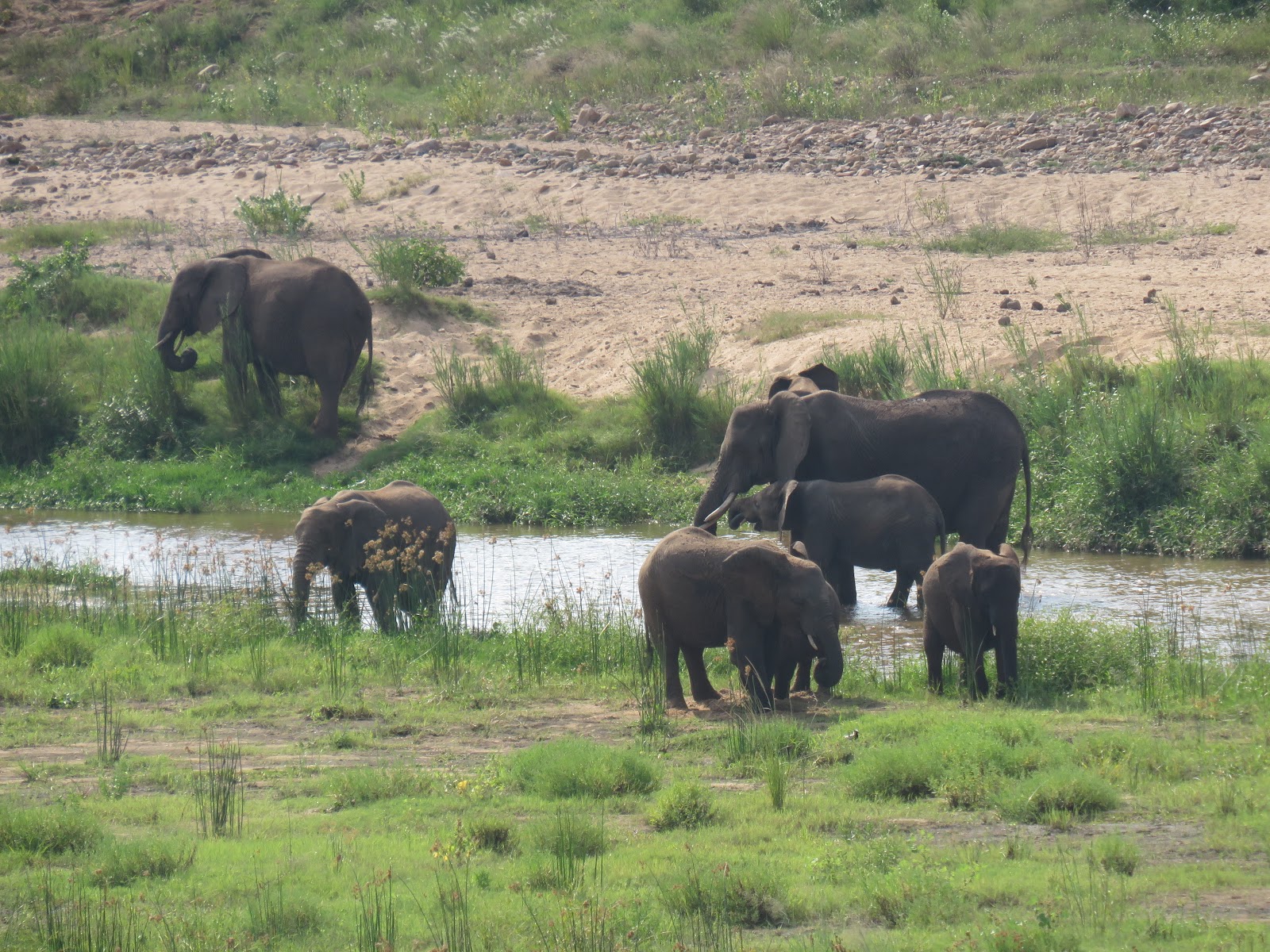 |
| None of the six of us or our guide Alfred could believe our eyes as we watched this male elephant build his mud pool in Chobe National Park. We’ve seen a lot of elephants in Africa but this was a rare sighting for us. |
“Sighting of the Day in the Bush”
 |
| While on safari in Chobe National Park we spotted this male impala with only one antler, most likely lost in a fight for dominance during the mating season. |
Yesterday will be emblazoned into our hearts and minds as one of the most memorable days in our five years and seven months of world travel. Only a few prior experiences are held in such high esteem.
 |
||
This is when he started digging his mud hole for the mud bath.
|
For me, my top five events include; Petra, Jordan; Masai Mara, Kenya; Marloth Park, South Africa, Antarctica cruise, and now Chobe safari and Chobe River cruise in a small boat.
 |
| Finally, he was lying sideways in his mud hole. We couldn’t stop laughing and smiling. It was if he was putting on a show for us. But, the best part was yet to begin. |
For Tom, his top five events include Panama Canal cruise; Animals of Africa (including Chobe); lava flow on Big Island, Hawaii; Antarctica cruise and like Tom always says, “Everything upcoming in the future.
Sure, its easy to get caught up in the enthusiasm of a most recent experience. You know, kind of comparable to “love the one you’re with” mentality. However, yesterday was indeed one of those special times, we couldn’t wipe the smiles off of our faces.
 |
| Upon arising from his mud bath, he decided to clean up in the river, so we thought. |
As we’ve often mentioned, the endorphin rush from seeing and engaging in wildlife is indescribable, especially to those who have little interest in nature and wildlife. They just may not get it. And we understand. We may not become excited about certain adventures others find life-changing. Its all a matter of personal preferences and interests.
 |
| He turned and headed out into the river. Alfred maneuvered the boat to ensure we were in a good position for taking photos. |
I could go into lengthy descriptions of the three hours we spent in the morning in Chobe National Park, the borders we crossed, the immigration processes that incurred, the lovely four others travelers with whom we spent the day in the safari vehicle, at lunch at the resort, and in the small boat on the Chobe River in the afternoon.
 |
| At one point, he appeared to want to head back to the shore. |
For now, our intent is to share our photos and videos and later, we’ll go into more detail about the experiences. Most of the sighting that transpired is forefront in our minds which will be clearly illustrated in our photos, videos, and captions below them.
 |
| But then, he marched full-on into the river in a determined stride. |
We’re grateful we have this time off today, to begin working on the hundreds of photos, and multiple videos uploaded on YouTube. The WiFi is slow at the hotel today so we apologize for it taking so long to upload today’s post.
 |
| Nothing was stopping him now. |
Last night, when we returned to the hotel, after a very long and fruitful day, we changed out of our typical “safari clothing tan and khaki “Bugs Away” shirts, pants and hats and showered and dressed for the evening.
 |
| We were so close we barely used any zoom to get these shots. However, Albert was mindful of ensuring we didn’t get too close and disturb his swim. |
 |
| If you “gotta go, you gotta go.” Tom took this photo not aware of what was transpiring. Notice him using his trunk like a snorkel. |
As we relaxed at the hotel’s inviting lounge, we toasted one another (as always) making intense eye contact while giggling over Tom’s repeated phrase on today’s included videos he’d made on the Chobe River, “Who would have thunk it?”
 |
| After his potty break, he was back on the move, getting into deeper and deeper water. |
How did this happen to us? How did we ever end up having traveled to eight African countries (a paltry amount compared to the 54 countries on the continent) which now include: Egypt, Kenya, South Africa, Morocco, Mozambique, Zambia, Zimbabwe, and Botswana. We’ve visited some of these countries on multiple occasions.
 |
| Soon, his huge feet were no longer touching the river bottom and he was buoyant. |
 |
| At this point, the playful swimming commenced which can be seen in more detail in the above short videos. |
We wonder how many more African countries we’ll have the opportunity to visit during our continuing travels. In reviewing a map of Africa we realize there are many countries we’ll never visit due to a high safety and security risks for tourists. We’re not foolhardy.
 |
|
We couldn’t believe our eyes when he was totally submerged, then rising for a breath.
|
 |
| After 10 to 15 minutes, he decided he’d had enough and headed for shore. |
Then again, we’re definitely not on a particular mission to see a certain number of countries in the world. We’re simply in awe of how many we’ve visited and how many more we’d love to see in the future.
 |
| As he approached his mud hole, he checked it out wondering if he should play a little more. |
 |
| He dug around in the mud hole a little. |
There’s so much more to share then that which we’ve posted here today. Over the next week or so, we’ll continue with more details and an endless stream of stunning photos of our week in Zambia.
 |
| And, he couldn’t resist a little more play. Thank you, Mr. Elephant, for a beautiful show! |
Thanks to all of our readers for your patience in our oft-odd upload times. Once we return to South Africa we’ll be back to our usual more consistent posting times.
 |
| Tom’s getting great at taking photos. Luckily, we now have two cameras. This ensures we don’t miss a shot. Wait until you see what’s coming up tomorrow! |
 |
| Tom took this candid shot of me in my funny BugsAway safari hat. |
Photo from one year ago today, May 15, 2017:
 |
| Tom and I in Vancouver, British Columbia with our friend /reader Sheila, a Vancouver resident. For more on this story, please click here. |




















































































































